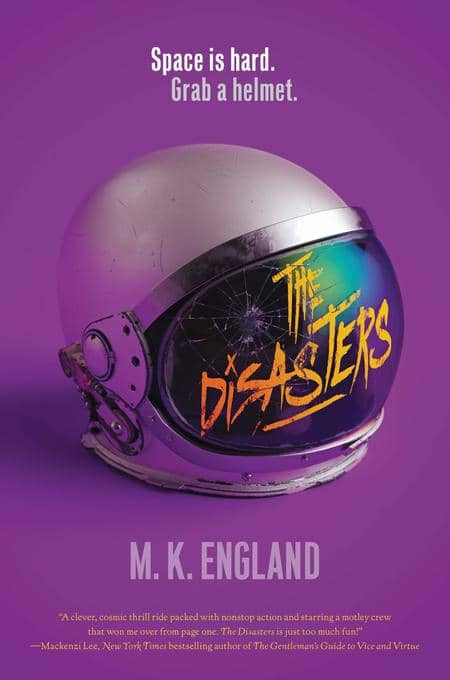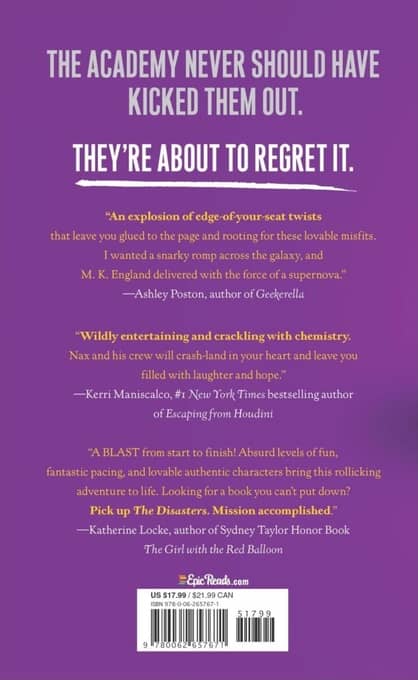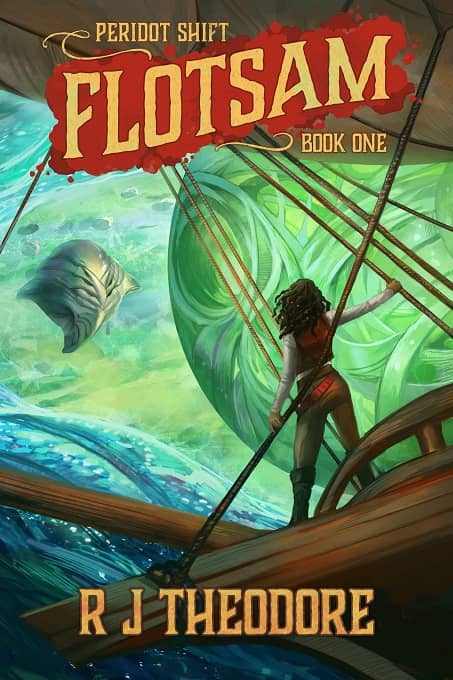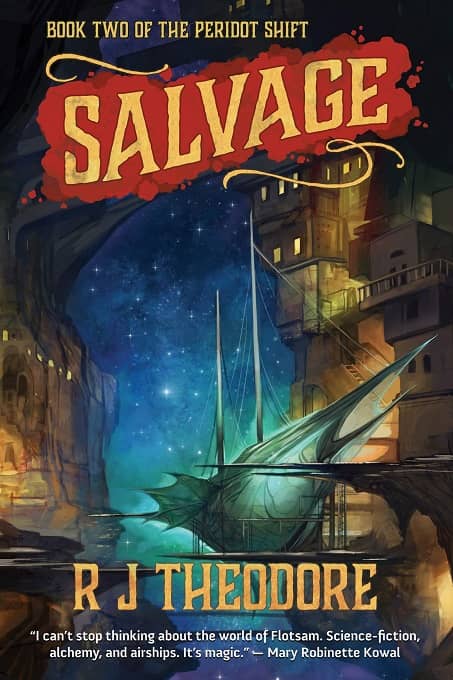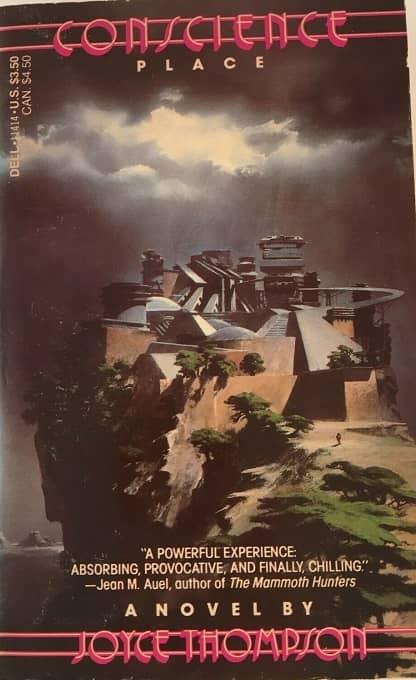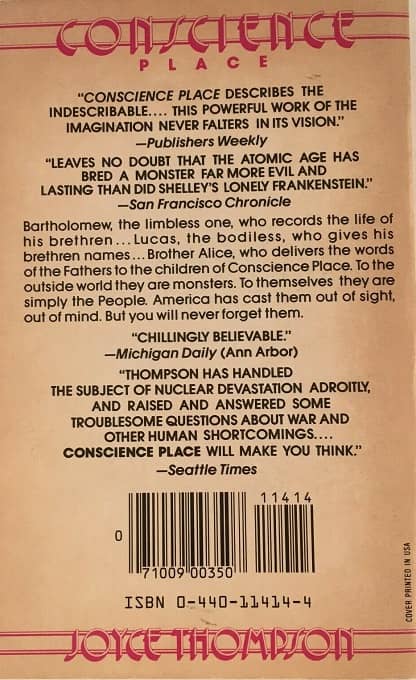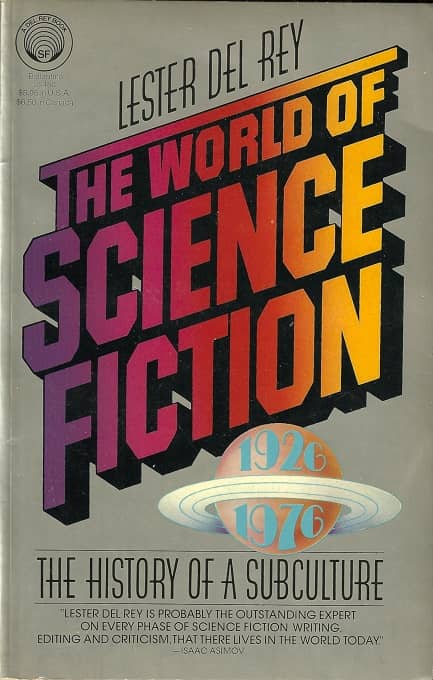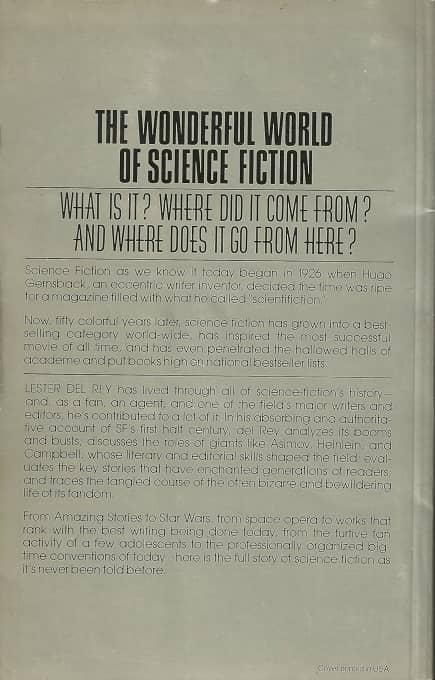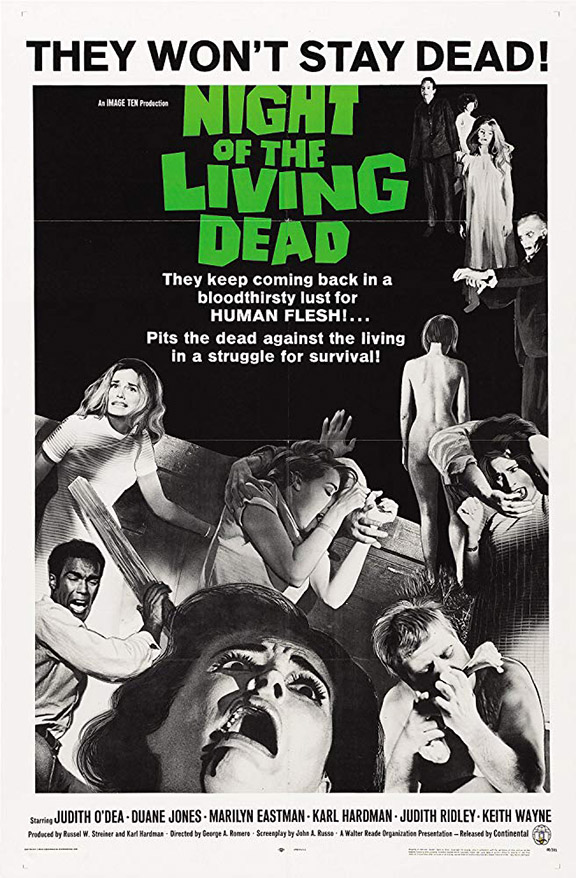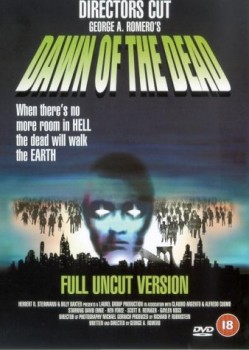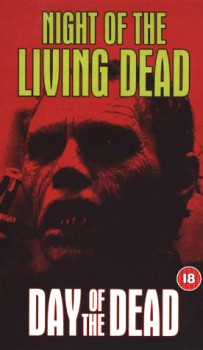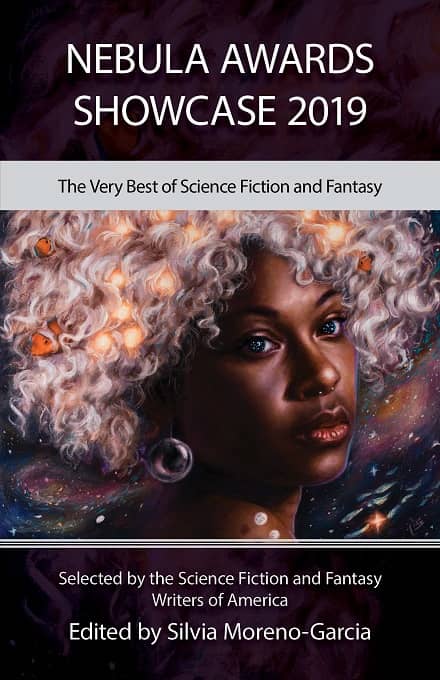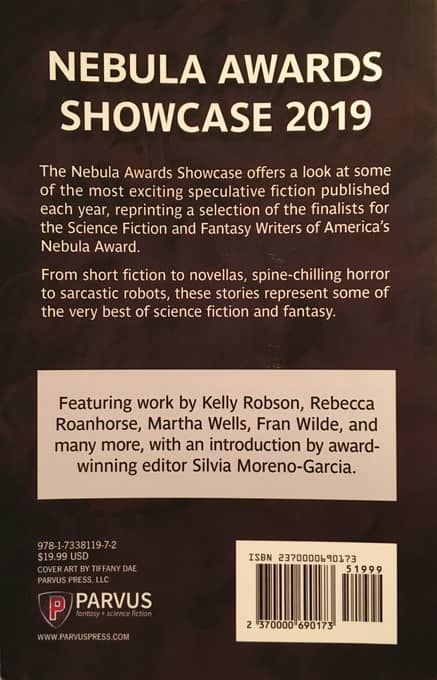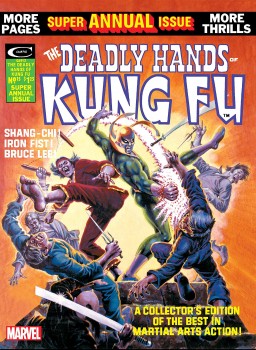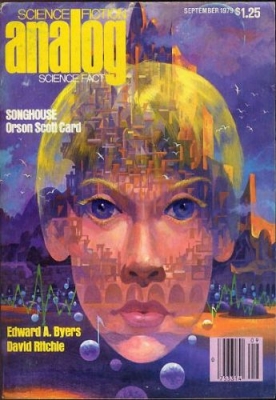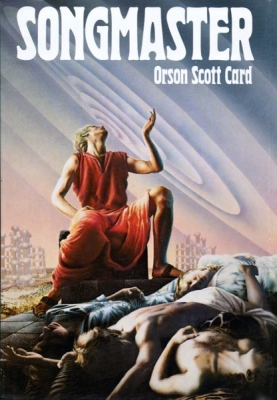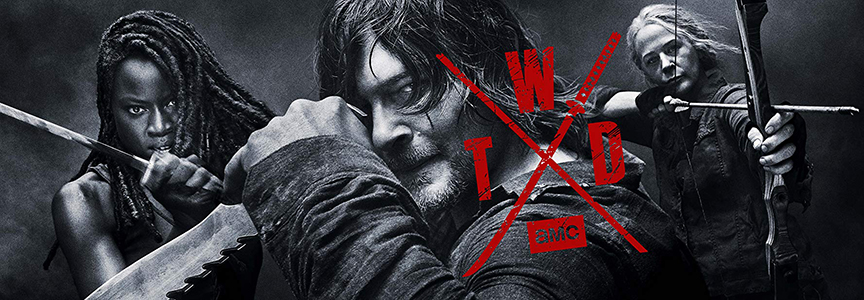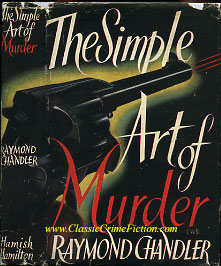
OK: The kidney stone passed and I spent last week trying to dig myself out of…well, everything! So, it’s another repeat colum this week. I happen to think this the best thing I ever wrote before I joined Black Gate. Yeah – you’re actually getting my good stuff here at Black Gate. Sad, ain’t it?
I wrote this for Sherlock Magazine, where I wrote a column reviewing mystery websites. Then-editor David Stuart Davies (a notable writer of Sherlock Holmes stories and non-fiction) let me write a feature. I will probably revisit this some day, as I’ve learned a lot more about hardboiled since then; but I still think this is pretty darn good. Let me know what you think!
And we’ll be back on track next week.
“You’re the second guy I’ve met within hours who seems to think a gat in the hand means a world by the tail.” – Phillip Marlowe in Raymond Chandler’s The Big Sleep
(Gat — Prohibition Era term for a gun. Shortened version of Gatling Gun)
By now, readers of this column (all three of you) know that I’m ‘all-in’ on Sherlock Holmes and Solar Pons. But I am also a long-time hard boiled fiction afficionado. I’ve got a section of the bookshelves well-stocked with private eye/police novels and short stories, from Hammett and Daly to Stone and Burke.
Now, I wouldn’t bet my house on the premise of the following essay, which first appeared in Sherlock Magazine back when I was a columnist for that fine, now defunct periodical. But I believe that I make a more compelling argument than you thought possible at first glance. The roots of the American hard boiled school can be seen in Sherlock Holmes and the Victorian Era. Yes, really.
And if any of the hard boiled heroes mentioned catch your fancy, leave a comment. I’ll be glad to tell you more about them. Without further ado, I bring you “Hard Boiled Holmes.”
“But down these mean streets a man must go who is not himself mean, who is neither tarnished nor afraid.”
Raymond Chandler wrote these words in his essay, ‘The Simple Art of Murder.’ Ever since, the term ‘mean streets’ has been associated with the hard-boiled genre. One thinks of tough private eyes with guns, bottles, and beautiful dames. But was it really Chandler who created those words to describe the environment that the classic Philip Marlowe operated in?
Is it possible that it was Victorian London that gave birth to the mean streets, which would later become famous as the settings in the pages of Black Mask? Could it be that Sam Spade and Philip Marlowe were followers in the footsteps of Sherlock Holmes?
…
Read More Read More
